The High Yellow Note
The “high yellow note” that Vincent van Gogh and so many artists have sought explores the limits of expressiveness and attempts to go beyond them, formally and emotionally.
A thematic exhibition featuring the work of 22 artists from different generations and backgrounds (artist biographies below):
Richard Artschwager, Paul Blanchet aka le Sauvage, Louise Bourgeois, Vittorio Brodmann, Claude Cahun, Nina Childress, Martin Disler, Valie Export, Markus Gadient, Bruno Jakob, Asger Jorn, Martha Jungwirth, Karen Kilimnik, Verena Loewensberg, Albert Oehlen, Thomias Radin, Pipilotti Rist, Klaudia Schifferle, Pierre Schwerzmann, Hyun-Sook Song, Vincent van Gogh, Dominique White
Exhibition curators : Bice Curiger and Margaux Bonopera
With the support of :

Artist Biographies
Richard Artschwager
Born 1923 in Washington, United States; died 2013 in Albany, United States
Richard Artschwager was a painter as well as a sculptor. His work, infused with references to American society in the 1970s and 1980s, lies at the crossroads of the artistic influences of his time, between Minimalism, Conceptual and Pop art. Several of his works challenge the way in which we use our senses to understand them, in particular through the use of materials outside the field of art, such as Formica or rubber, thereby establishing a link with Surrealism.
Paul Blanchet aka le Sauvage
Born 1865 and died 1847 in Saint-Rémy-de-Provence, France
Paul Blanchet came from a well-educated, rural family near Saint-Rémy-de-Provence. A popular figure in the region, he always scoffed at convention and social obligations. The experience of colonial brutality during his military service in Senegal led him to reject all traditional and conventional ways of life: for example, he refused to wear a hat and rode a bicycle fitted with thirty-five bells. He was a singer, a storyteller and a gardener, but he was also a farm labourer. A truly carnivalesque character, known to all in his day, Paul Blanchet overturned the conventional order in favour of a freedom akin to that of Van Gogh.
Louise Bourgeois
Born 1911 in Paris, France; died 2010 in New York, United States
Louise Bourgeois spent most of her youth in Paris before being rejected by André Breton and the Surrealists and moving to New York in 1938. In the United States she developed a singular art form based on sculpture and the repetition of shapes, concepts and figures such as the cell, the spider and hysteria. Deeply inspired by her personal experience and her discovery of psycho-analysis, Louise Bourgeois produced works with multiple references, drawing on the dynamics of intimacy and the violence of the mundane.
Vittorio Brodmann
Born 1987 in Ettingen, Switzerland; lives in Berlin, Germany
Vittorio Brodmann is a painter, draughtsman and sculptor. His pieces, which come in a variety of formats and feature a vivid palette, depict strange, sometimes surreal scenes. As if constantly pushing back the boundaries of figuration, they give the impression that the world is elastic, shifting, and impossible to stabilise. With their apparent naivety and surprising character, Brodmann’s pieces operate like pranks and become invaluable critical tools for understanding our contemporary world.
Claude Cahun
Born 1894 in Nantes, France; died 1954 in St Helier, Jersey
Claude Cahun, born Lucy Schwob, was an author and a photographic artist. The majority of her work, much of it autobiographical, spans the period from 1910 to 1954. Using photography as a means of rewriting her identity and performing it, she focused particularly on the genre of the self-portrait, with narrative scenes that were at once tender, ambivalent and strange, revealing innovative techniques of collage and split images.
Historically and conceptually linked to Surrealism, Claude Cahun’s career was emancipated, marked in particular by her shared life with Marcel Moore who had also chosen a man’s name (birth name: Suzanne Malherbe).
Nina Childress
Born 1961 in Pasadena, United States; lives in Paris, France
At the start of her career, Nina Childress was associated with the Parisian punk music scene of the 1980s and was a member of the Frères Ripoulin collective. Influenced by popular culture and her own life, her varied and disruptive pictorial explorations range from hyperrealism to phosphorescent paint. With their many different formats and subjects, Nina Childress’s pieces are also sensitive, critical and profoundly free accounts of a generation, its era and the artistic movements that shaped it.
Martin Disler
Born 1949 in Seewen, Switzerland; died 1996 in Geneva, Switzerland
Martin Disler was a painter, sculptor and engraver. Having lived in Paris and Bologna, he became part of the revival of figurative painting at the turn of the 1980s and enjoyed a dazzling career, which was cut short by his sudden and premature death.
His paintings, mainly large formats, reveal a dynamic, edgy and condensed gestural style with dark tones that reflect the inner motions of humankind. A prolific artist, in the year before his death Martin Disler produced a series of 388 drawings and watercolours.
VALIE EXPORT
Born 1940 in Linz, Austria; lives in Vienna, Austria, and Cologne, Germany
Valie Export’s work spans a wide range of media, from photography to performance art and video. In order to question concepts of identity, domination and subjectivity, the artist – whose name is inspired by a cigarette brand – uses her body as a tool or filter between herself and the world. Frequently using language and images, Valie Export constantly challenges modern Western societal norms, constructs and systems. Often radical, critical and full of humour, her work is deeply connected to her status as a woman.
Markus Gadient
Born 1958 in Olten, Switzerland; lives in Basel, Switzerland
Markus Gadient has developed his painting around the figure of the tree, whose trunks and branches allow him to explore both a realistic technique and more expressionist gestures. Using an ambitious palette – ranging from black and white to an explosive variety of colours – and a wide array of formats, Markus Gadient creates “sensational landscapes” in which natural motifs resurface amid a condensation of lines and matter.
Bruno Jakob
Born 1954 in Zurich, Switzerland; lives in New York, United States
The Conceptual work of Bruno Jakob claims that what exists is not necessarily what is seen or perceived. His drawings, photographs and sculptures are deeply poetic and bound up with the imagination, challenging the idea of evidence or of a signature defining the status of a work of art. Bruno Jakob is particularly interested in natural and atmospheric phenomena, which he attempts to capture using ephemeral materials such as water and light. The titles of his works play a unique role, both descriptive and poetic.
Asger Jorn
Born 1914 in Vejrum, Denmark; died 1973 in Aarhus, Denmark
A painter and illustrator, Asger Jorn was a founding member of the CoBrA group and the Situationist International. His work, notable for its close relationship with popular art and irreverent approach to Western art history, reflects an innovative formal expression of the challenges facing pictorial art after 1945, oscillating between radicalism and experimentation. His collective and international practice was nurtured by his discussions and encounters, in particular with the artistic and cosmopolitan scene of post-war Paris.
Martha Jungwirth
Born 1940 and lives in Vienna, Austria
Martha Jungwirth is an abstract painter whose work explores the body and gesture in relation to the surface of the canvas. Shifting between chance and calculation, between a dense appearance and a loose brushstroke, Martha Jungwirth’s paintings bear witness to singular gestural experiments and research. Breaking with the Minimal and Conceptual tendencies of the 1970s, the artist sees her paintings as a record of her inner life, but also of the external events she has to face. Her paintings bear frequent visible traces of her own body and the palette she uses, ranging from red to pink, reinforcing the organic aspect of her work.
Karen Kilimnik
Born 1955 and lives in Philadelphia, United States
The work of Karen Kilimnik is tinged with Pop humour that serves as a historical and thematic exploration of painting. Through her depictions of stereotypical landscapes, children’s scenes and portraits of icons, she explores new ways of presenting painting. To exhibit her work, for example, she uses installation techniques, developing her research around sculpture and photography. Often of small or medium size, her paintings demonstrate a stylistic ease that allows her to bring together everyday, historical, anecdotal and intimate subjects.
Verena Loewensberg
Born 1912 and died 1986 in Zurich, Switzerland
A painter close to the Concrete Art movement, Verena Loewensberg produced an original, rhythmic form of abstraction in which colours and lines combine to produce a sense of movement on the canvas. Initially trained in weaving, philosophy and dance, she spent time in Paris in the 1930s, where she met a number of leading artists, including Hans Arp. Returning to Switzerland in 1936, she opened a jazz record shop and then devoted herself to her painting.
Albert Oehlen
Born 1954 in Krefeld, Germany; lives in Gais, Switzerland
Albert Oehlen’s work, linked to neo-Expressionism, draws on conceptual gestures and logic. It is rooted in the punk movement and German left-wing ideology of the 1970s; the artist constantly questions the authoritarian and dominant nature of painting, attempting to free it from its historical obligations and references. The result is a body of experimental work that grapples with the many ideological and formal crises of the contemporary age.
Thomias Radin
Born 1993 in Les Abymes, Guadeloupe, France; lives in Berlin, Germany
Thomias Radin’s practice combines dance, performance, painting and video through the exploration of movement. Influenced by a variety of cultural sources, he is interested in colonisation and its impact on spirituality, communities and memory. Using narrative methods such as diaries, sampling and fragments, Thomias Radin has created a body of work that is as lyrical as it is bold.
Pipilotti Rist
Born 1962 in Grabs, Switzerland; lives in Zurich, Switzerland
Multidisciplinary artist Pipilotti Rist is best known for her video work, frequently incorporated into large-scale installations. Deeply influenced by popular culture – music videos, advertising and graphic design – she uses a variety of techniques in her videos, including looping, cross-hatching, shaking and saturation, revealing not only the dexterity with which she handles her medium, but also the powerful and liberating poetic prism through which she thinks about her work.
Klaudia Schifferle
Born 1955 and lives in Zurich, Switzerland
A painter, illustrator and member of the female punk band Kleenex / LiLiPUT, Klaudia Schifferle has produced an instinctive, comic and prolific body of work since the 1970s. Tackling themes such as the consumer society and feminism, she creates characters and situations with a sometimes messy aesthetic, to better reflect our inevitable need to produce images of a turbulent world.
Pierre Schwerzmann
Born 1947 in Aubonne, Switzerland; lives in Nyon, Switzerland
Pierre Schwerzmann’s work questions our physical and sensory relationship to the canvas. His masterful application of colour, based on a detailed understanding of its chromatic qualities, produces powerful visual effects. Adopting a wide range of motifs such as monochrome, the grid and undulation, the artist’s work explores the emergence of painting in formal terms, and the birth of the image in philosophical terms.
Hyun-Sook Song
Born 1952 in Damyang, South Korea; lives in Hamburg, Germany
The painter Hyun-Sook Song has lived and worked in Germany since the 1970s. In her paintings we find motifs specific to her country of origin: pots, ribbons, silk and woven fabric, often arranged on a plain background. Using a unique technique she has developed over the years, combining tempera, watercolour and calligraphy, Hyun Sook-Song produces paintings that are both instinctive and highly controlled, where each gesture is critical. Her work is poetic and contemplative, reflecting a philosophical relationship with the world and with nature, while at the same time following in the footsteps of other pictorial art movements, particularly Minimal and Conceptual art.
Vincent van Gogh
Born 30 March 1853 in Groot-Zundert, Netherlands; died 29 July 1890 in Auvers-sur-Oise, France
At the age of sixteen he moved to The Hague to join the art dealers Goupil & Cie; he went on to work at the company’s branches in Brussels, London and Paris. He gradually lost interest in the business of art, practising as a lay preacher in Belgium between 1878 and 1879. In August 1880 Van Gogh decided to become an artist.
A painter of everyday life, and, above all, of peasant life, he followed in the footsteps of artists such as Jean-François Millet and Adolphe Monticelli from Marseilles, among others. He discovered Japanese prints in Paris in 1886 and mixed with the artists associated with the Impressionist movement. Convinced that colour was the key to modernity, Van Gogh moved to Provence in February 1888. In October of that year, Paul Gauguin joined him, fulfilling if only briefly Van Gogh’s dream of creating an artistic community in Arles. The Dutch painter hoped to achieve his “high yellow note” through hard work and friendship. But by the end of December their collaboration was over, following a
violent argument that led Van Gogh to self-harm. In May 1889, disillusioned and ill, Van Gogh committed himself to an asylum in Saint-Rémy-de-Provence. He stayed for a year and found the peace he needed to develop his work. During his twenty-seven months in Provence, he created more than five hundred paintings and drawings.
Dominique White
Born 1993 in London, United Kingdom; lives in Marseille, France, and Essex, United Kingdom
Dominique White explores the past and present history of blackness, through motifs including the ocean and the shipwreck, alongside references to Afrofuturism. She combines materials such as plaster and rope to produce organic, poetic sculptures.
Her works evoke slavery and its legacy by creating a tension between the apparent fragile nature of the nautical materials used and the almost violent force of the lines and balance that emanate from them.
About the “high yellow note” - Letter from Vincent van Gogh to Theo (no. 752)
Arles, 24 March 1889
My dear Theo,
I’m writing to tell you that I’ve seen Signac, which did me a lot of good. He was very nice and very straight and very simple when the difficulty arose of whether or not to force open the door closed by the police, who had demolished the lock. They began by not wanting to let us do it, and yet in the end we got in. As a keepsake I gave him a still life which had exasperated the good gendarmes of the town of Arles because it depicted two smoked herrings, which are called gendarmes, as you know. You know that I did this same still life two or three times before in Paris, and once exchanged it for a carpet back then. That’s enough to say what people meddle in and what idiots they are.
I find Signac very calm, whereas people say he’s so violent, he gives me the impression of someone who has his self-confidence and balance, that’s all. Rarely or never have I had a conversation with an Impressionist that was so free of disagreements or annoying shocks on either side.
For example, he went to see Jules Dupré and reveres him. No doubt you had a hand in his coming to boost my morale a little, and thank you for that. I took advantage of my trip out to buy a book, Ceux de la glèbe by Camille Lemonnier. I’ve devoured two chapters of it – it’s so serious, so profound. Wait for me to send it to you. This is the first time for several months that I’ve picked up a book. That tells me a lot and heals me a great deal.
In fact there are several canvases to send to you, as Signac was able to see – he wasn’t frightened by my painting, or so it seemed to me.
Signac thought I was looking well, and it’s perfectly true.
On top of that, I have the desire and the taste for work. Of course, it’s still the case that if things were to be messed up for me in my work and in my life every day by gendarmes and venomous layabouts of municipal electors who petition against me to their mayor elected by them (and who is consequently keen on their votes) it would be only human on my part that I should succumb once more. Signac, I’m led to believe, will tell you something similar.
In my opinion we must squarely oppose the loss of the furniture &c.
Then – my word – I must have my freedom to practise my profession.
Mr Rey says that instead of eating enough and regularly I have been particularly sustaining myself with coffee and alcohol. I admit all that, but it will still be true that I had to key myself up a bit to reach the high yellow note I reached this summer. That, after all, the artist is a man at work, and that it’s not for the first passer-by who comes along to vanquish him once and for all.
Must I suffer imprisonment or the madhouse – why not?
Didn’t Rochefort with Hugo, Quinet and others give an eternal example by suffering exile, and the first even the penal colony.
But all I want to say is that this is above the question of sickness and health.
Naturally one is beside oneself in parallel cases – I don’t say equivalent cases, as I have only a very inferior and secondary place – but I say parallel. And that was the first and last cause of my going out of my mind.
Do you know that expression by a Dutch poet
ik ben aan d’aard gehecht
met meer dan aardsche banden.
That’s what I experienced in many moments of anguish – above all – in my so-called mental illness. Unfortunately I have a profession which I don’t know well enough to express myself as I would wish.
I’ll stop dead for fear of relapsing, and move on to something else.
Could you send me before you leave
3 tubes blanc zinc white
1 tube same size cobalt
1 „ „ „ ultramarine
4 „ „ „ Veronese green
1 „ „ „ emerald „
1 „ „ „ orange lead
This in case – probable if I find the means to take up my work again – that in a short while I can set to work again in the orchards.
Ah, if only nothing had happened to mess things up for me!
Let’s think carefully before going somewhere else. You can see that in the south I have no more luck than in the north. It’s about the same everywhere. I’m thinking of squarely accepting my profession as a madman just like Degas took on the form of a notary.
But there it is, I don’t feel I quite have the strength needed for such a role.
You speak to me of what you call “the real south”. Above is the reason why I’ll never go there. I rightly leave that to people more complete, more entire than myself. As for me, I’m good only for something intermediate and second-rate and insignificant.
However much intensity my feeling may have or my power of expression may acquire, at an age when the material passions
are more burned out – never can I build an imposing edifice on such a mouldy, shattered past.
So I don’t really mind what happens to me – even staying here –
I think that my fate will be balanced in the long term. Beware
of sudden impulses – since you’re getting married, and I’m getting too old – it’s the only policy that can suit us.
More soon, I hope – write to me without much delay and believe me, after asking you to give my warm regards to Mother,
Sister and your fiancée, your brother who loves you dearly,
Vincent
I’ll send you Camille Lemonnier’s book quite soon.
Image gallery
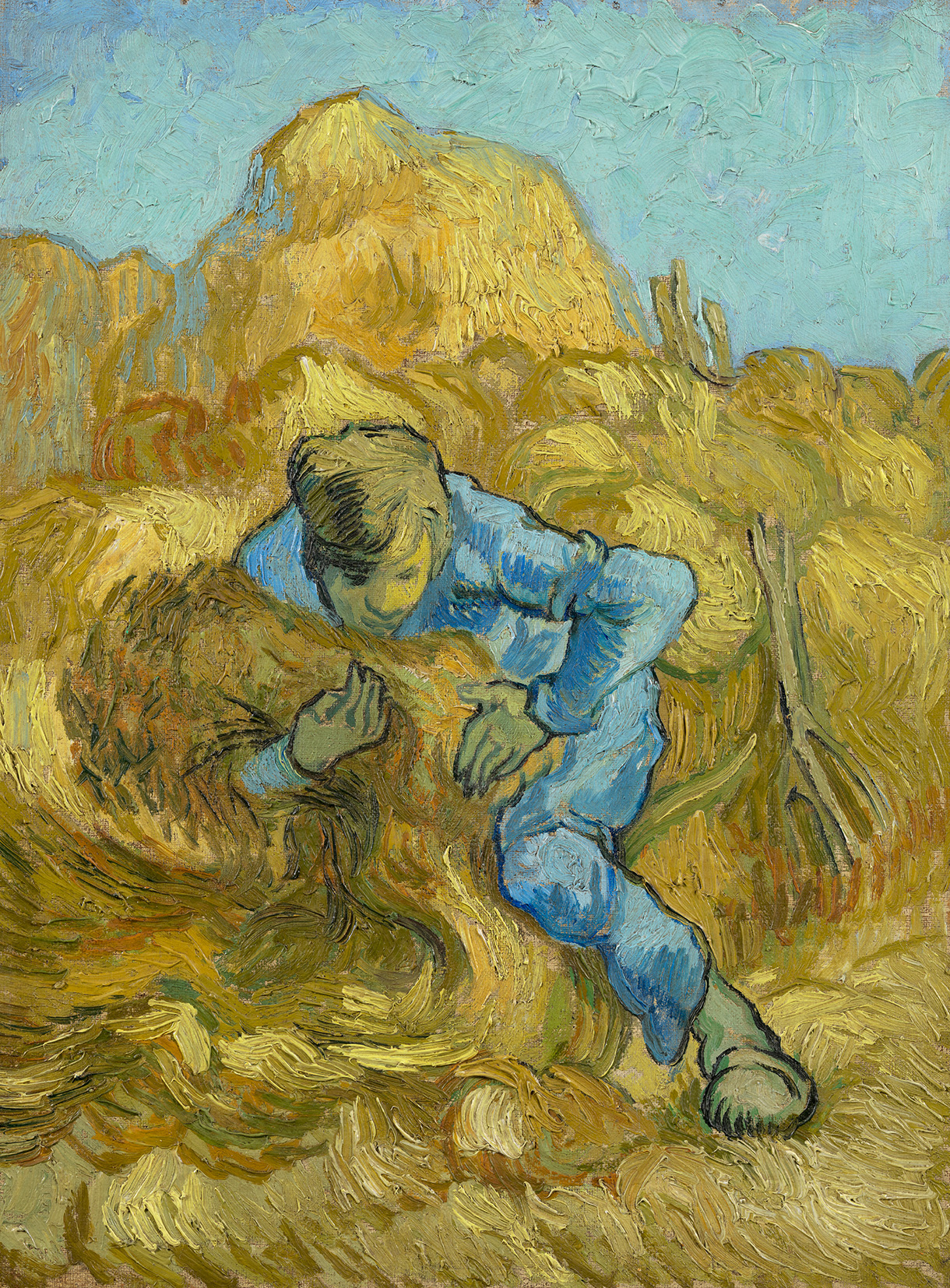
Vincent van Gogh Le Lieur de gerbes (d'après Millet), Saint-Rémy-de-Provence, septembre 1889 Huile sur toile, 44,5 cm x 33,1 cm Van Gogh Museum, Amsterdam (Vincent van Gogh Foundation)
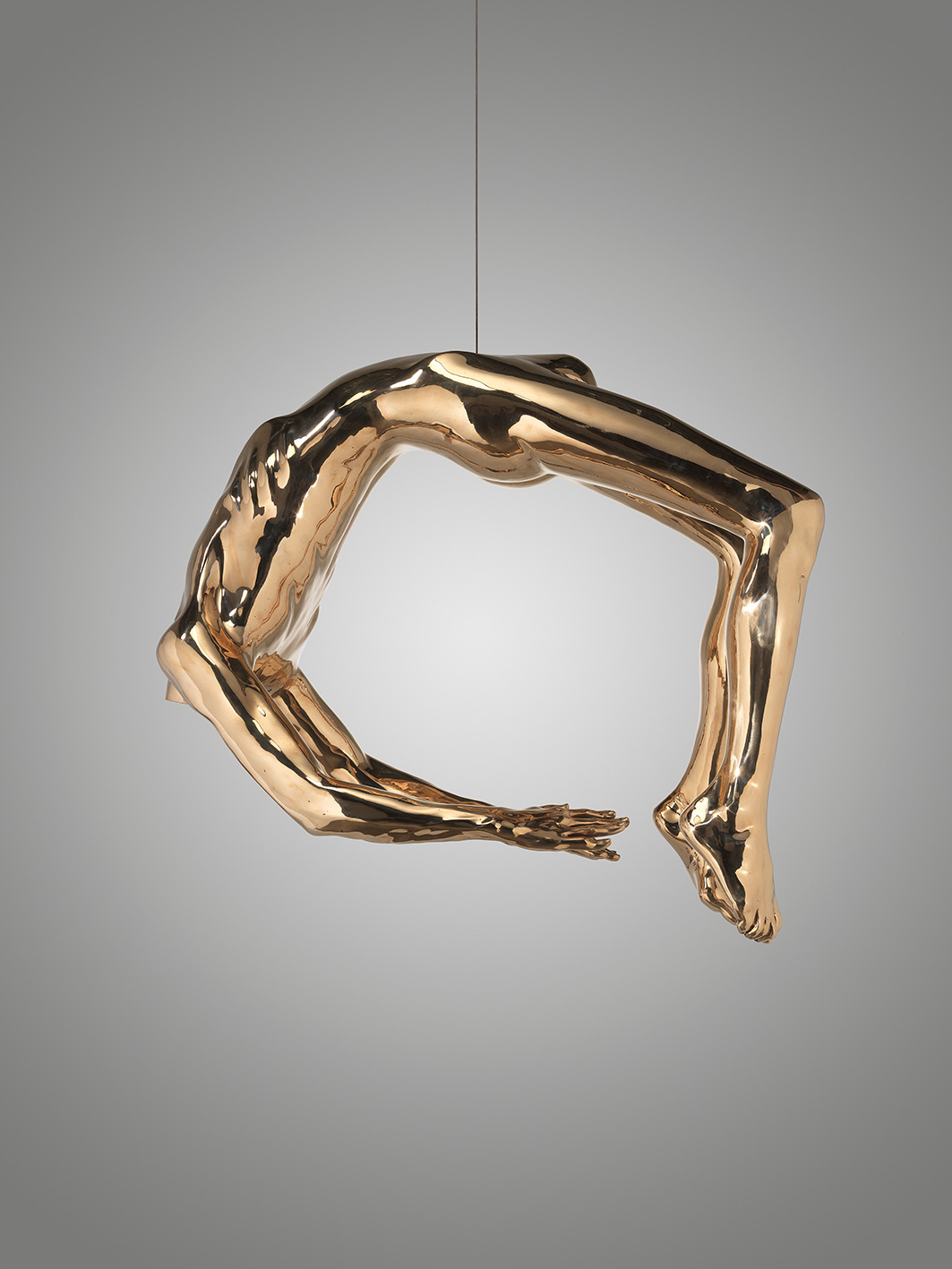
Louise Bourgeois Arch of Hysteria (Arc d'hystérie), 1993 Bronze et patine polie, pièce suspendue, 83,8 x 101,6 x 58,4 cm © The Easton Foundation. Adagp, Paris, 2024. VAGA, Artists Rights Society (ARS), New York. Photo Christopher Burke
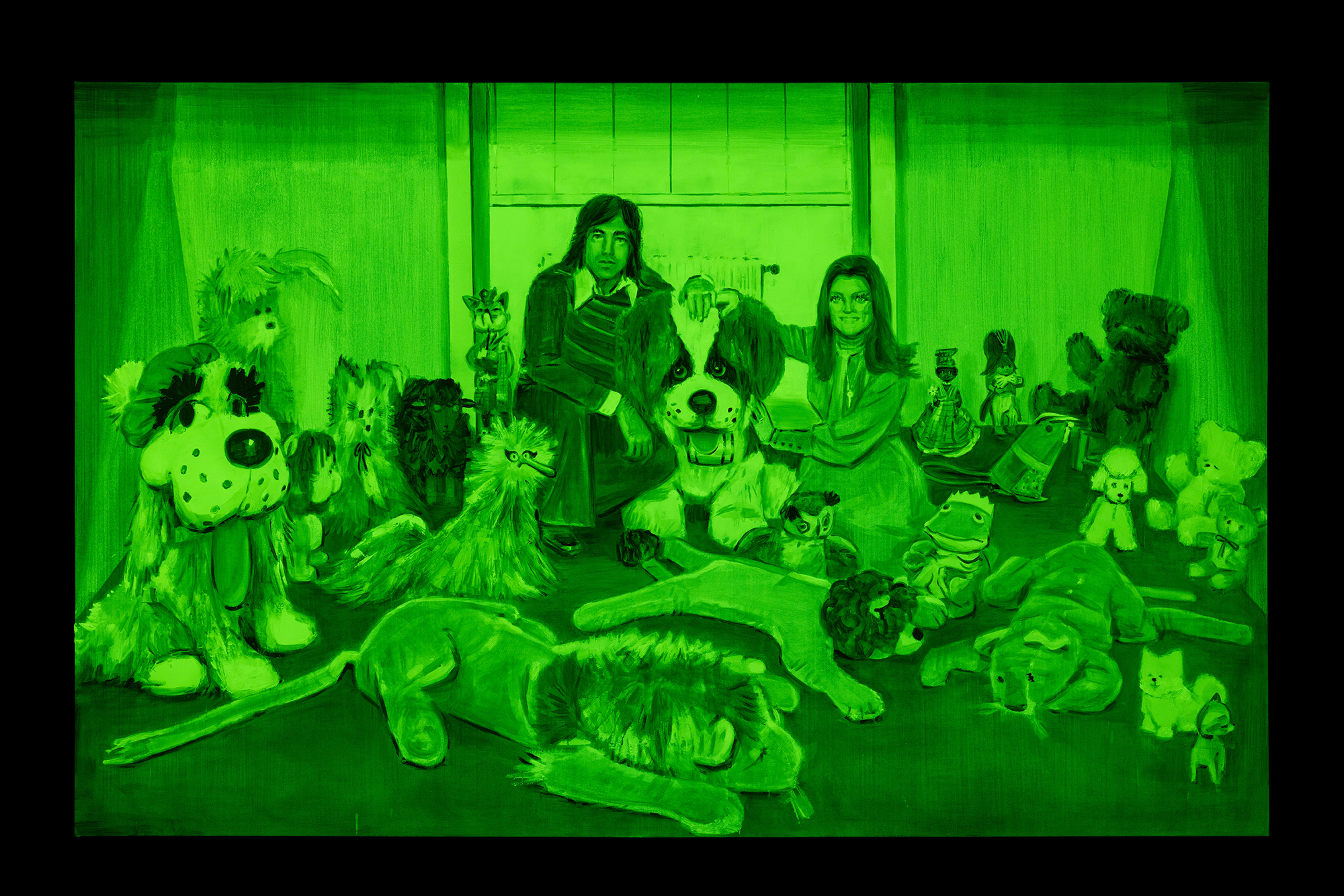
Nina Childress Family of 24, 2024 Huile et pigments phosphorescents sur toile (à vision interactive avec torche LED UV), 190 x 300 cm Courtesy : Nina Childress, Nathalie Karg Gallery, New York, et Art : Concept, Paris
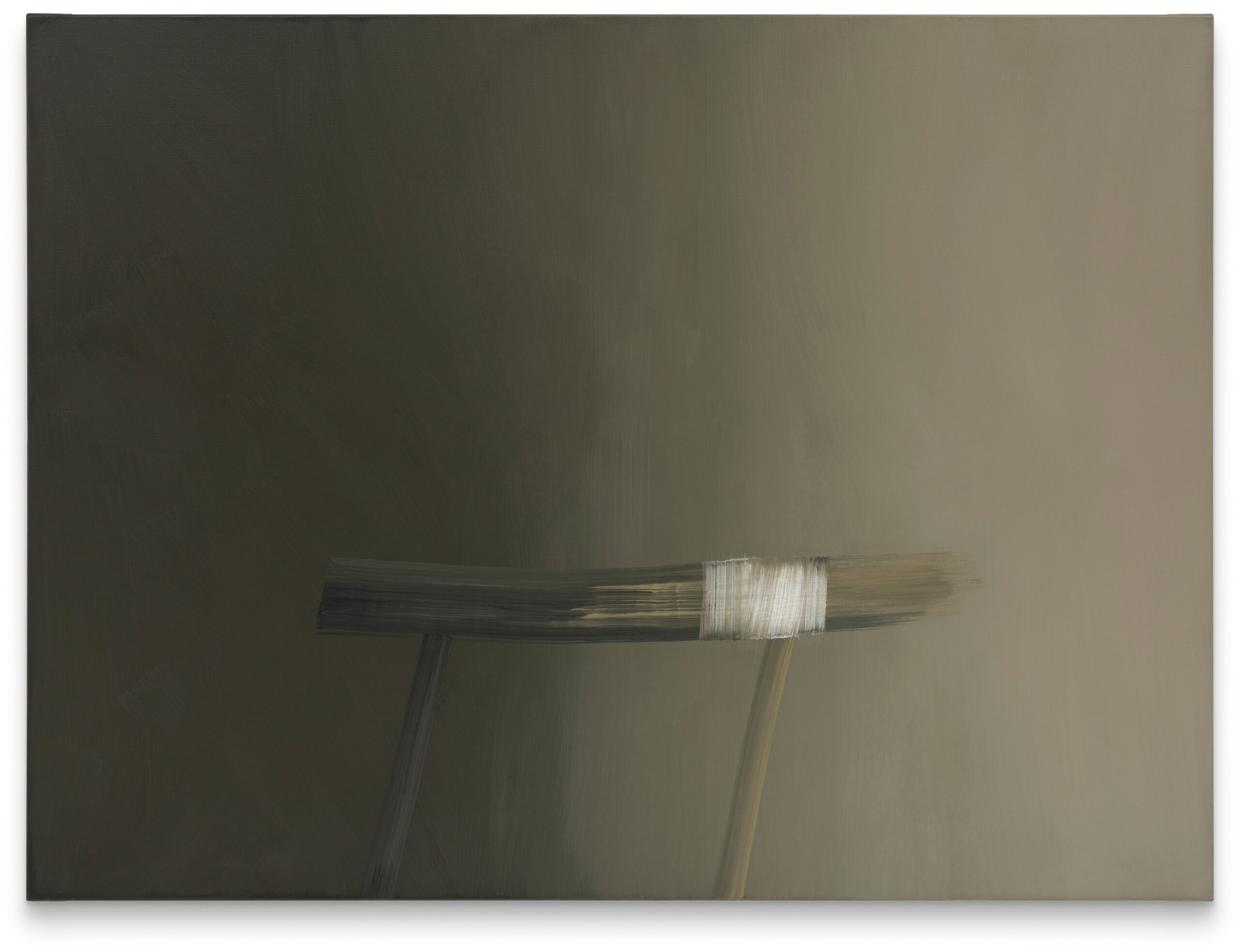
Hyun-Sook Song 6 Brushstrokes (6 coups de pinceau), 2023 Tempera sur toile, 150 × 200 cm Courtesy Hyun-Sook Song et Sprüth Magers, Berlin /Londres/Los Angeles /New York
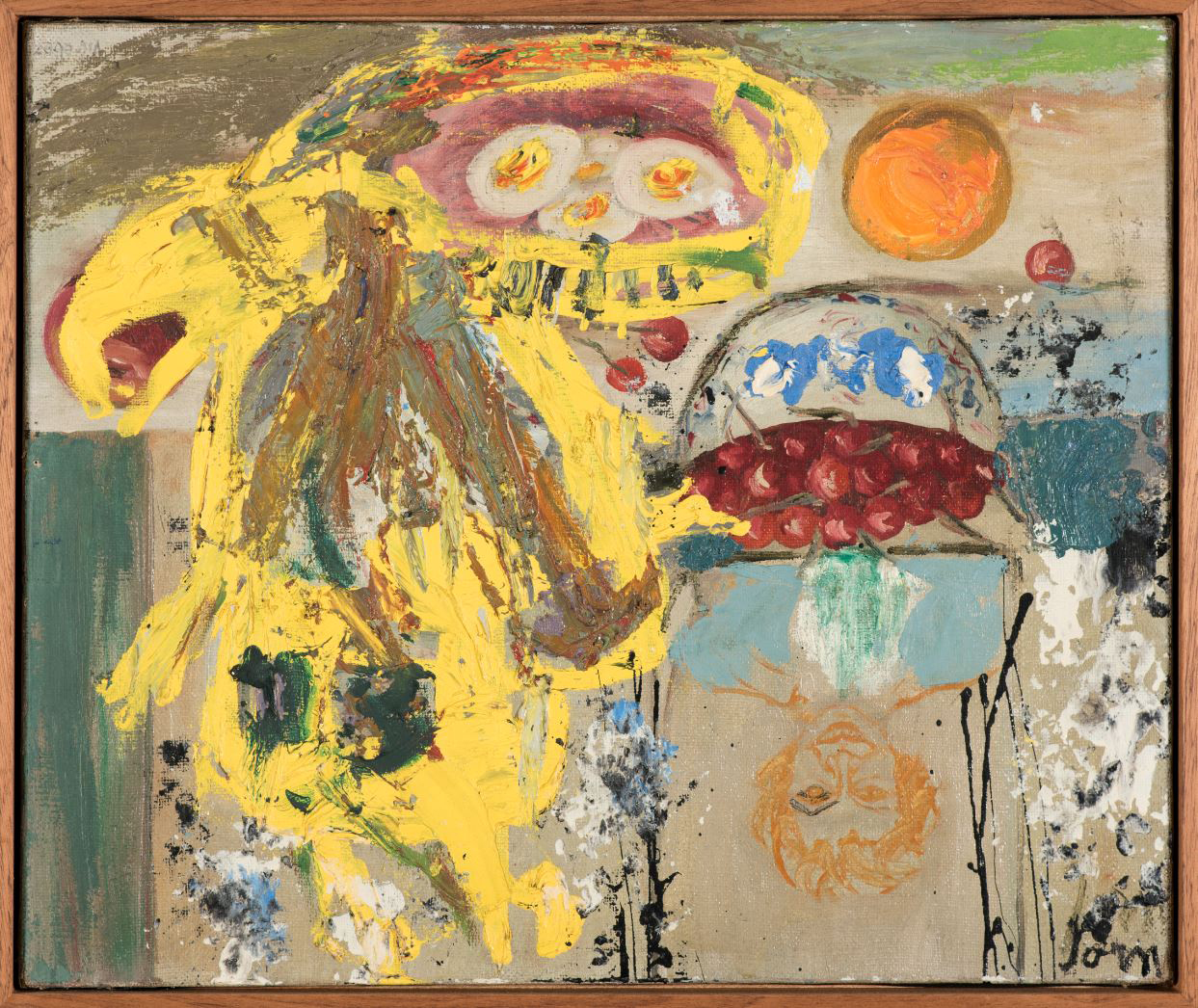
Asger Jorn La Vie d’une nature morte, 1959 Huile sur toile, 46 x 53,5 cm Kunstmuseum St.Gallen, donation Erna and Curt Burgauer 2003 © Adagp, Paris, 2024. Photo S. Stadler 2015
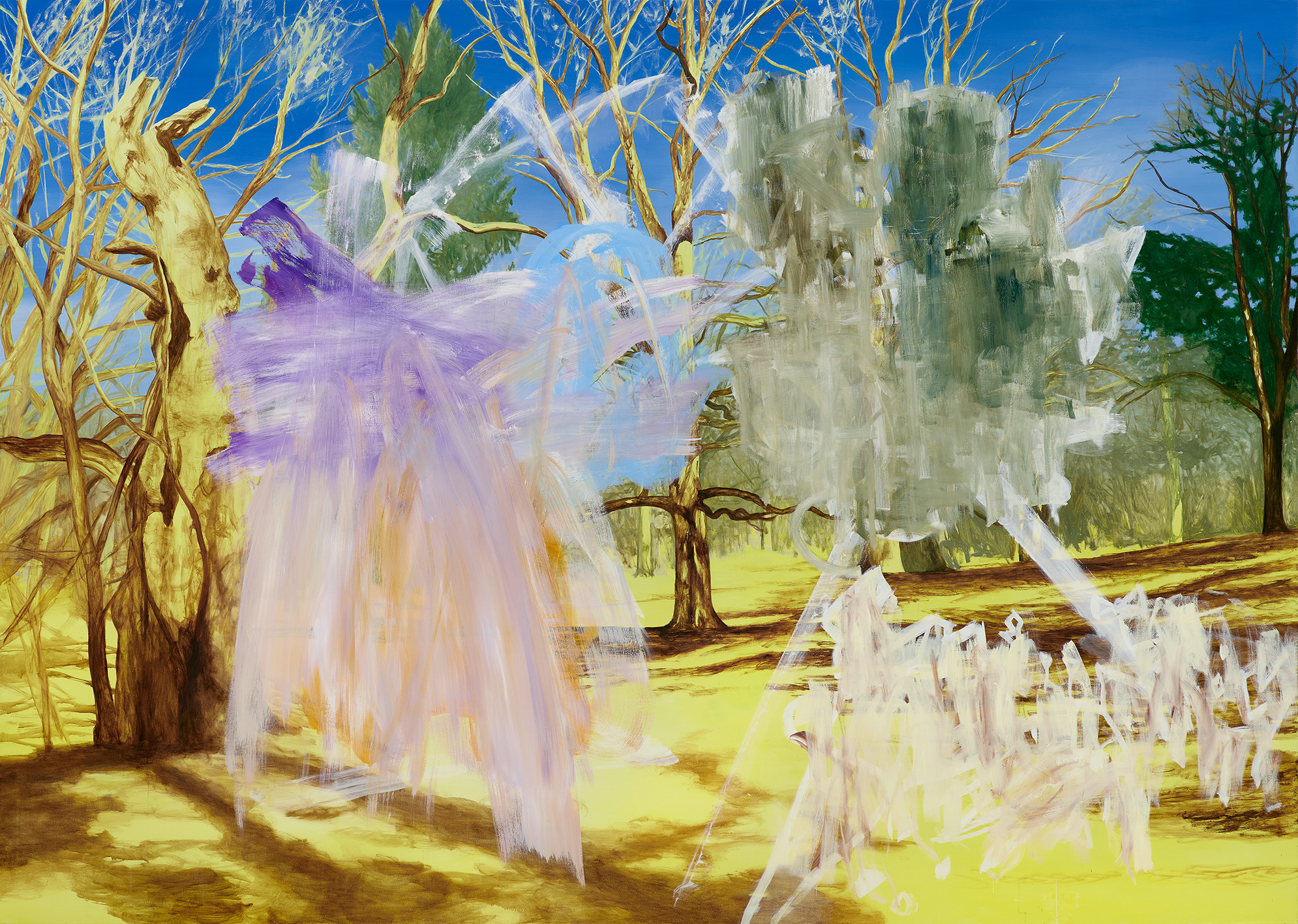
Markus Gadient Live-Set-Landscape Nr.2, 2018 Huile sur coton, 285 x 400 cm Courtesy : Markus Gadient et Nicolas Krupp Gallery, Bâle © Photo Bernhard Strauss
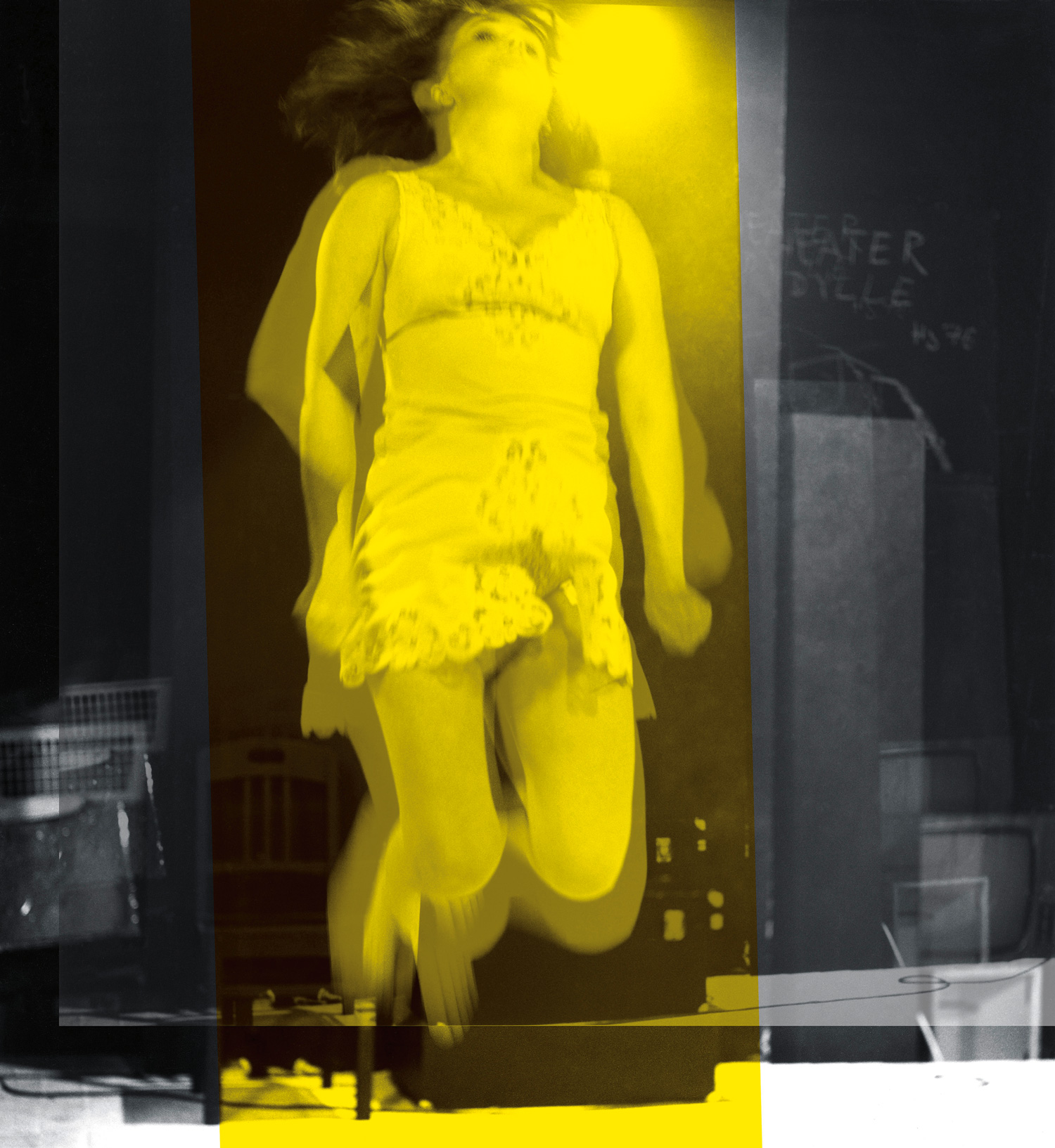
VALIE EXPORT Jump 2 (Saut 2), 2009 Sérigraphie sur papier, 76 x 106 cm © VALIE EXPORT, Bildrecht, Vienne, 2024. Adagp, Paris, 2024. Photo Kurt Lesser
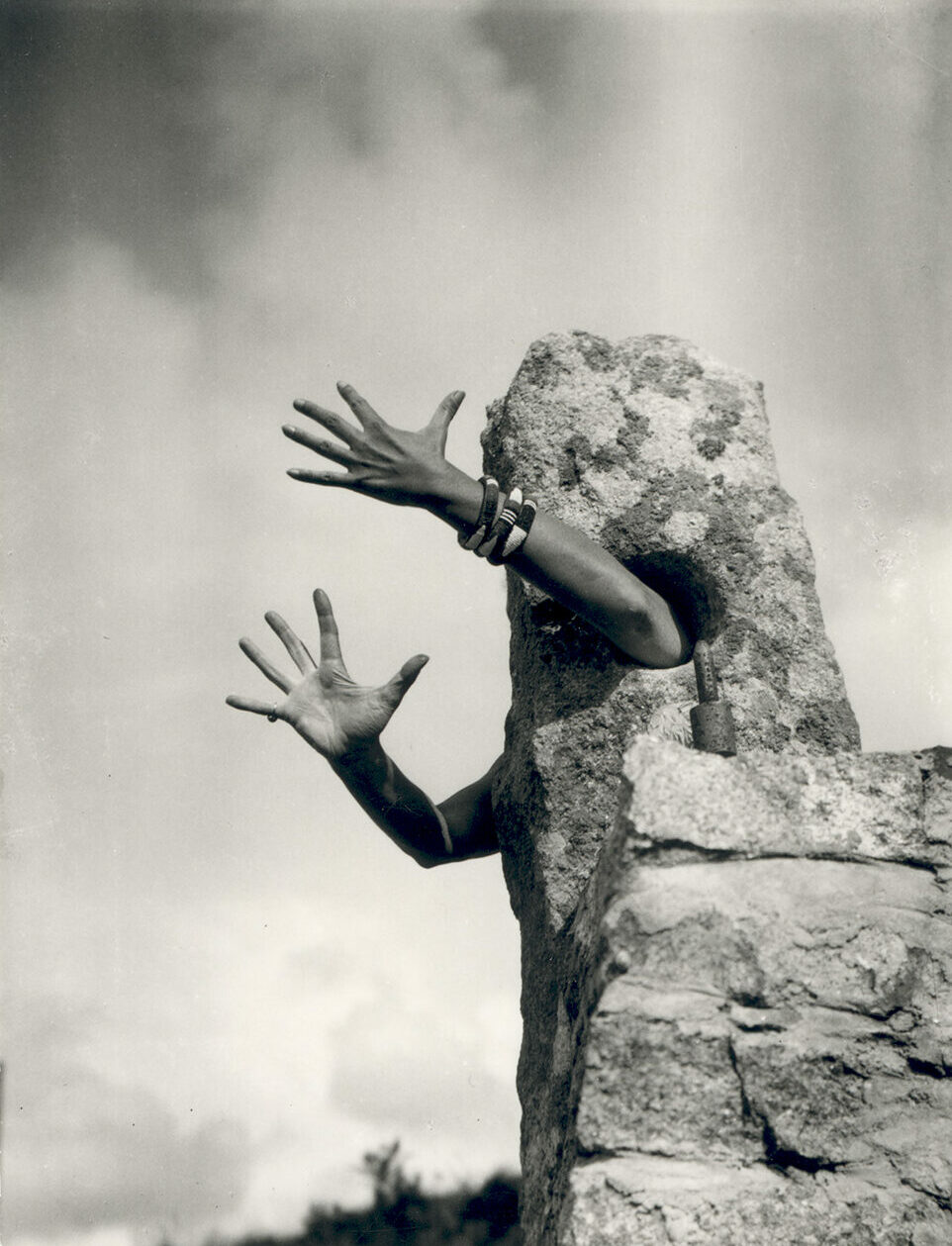
Claude Cahun Je tends les bras, vers 1931 (avant 1932) Monochrome négatif avec une teinte rose, 11 x 9 cm Courtesy : Jersey Heritage Collection




